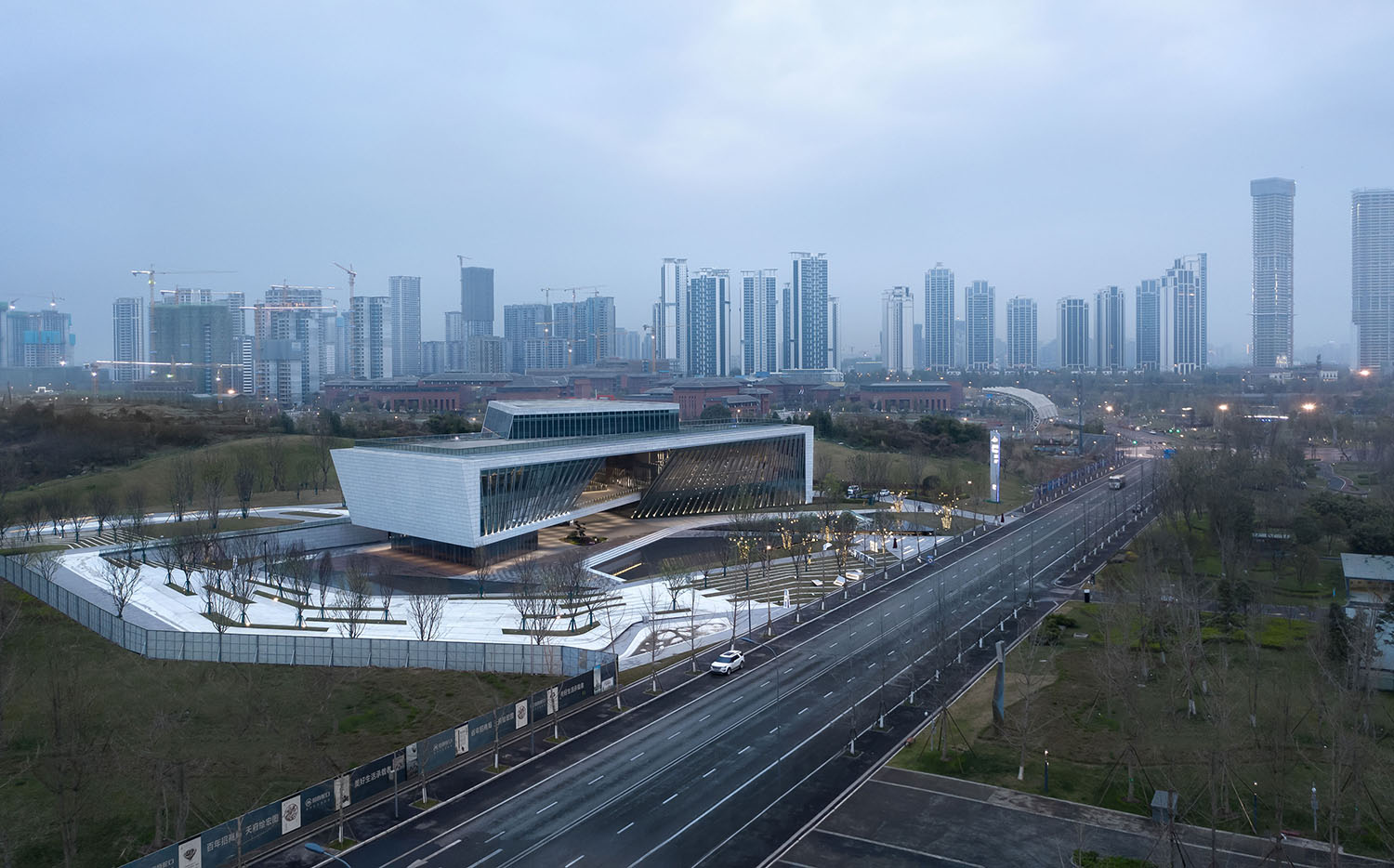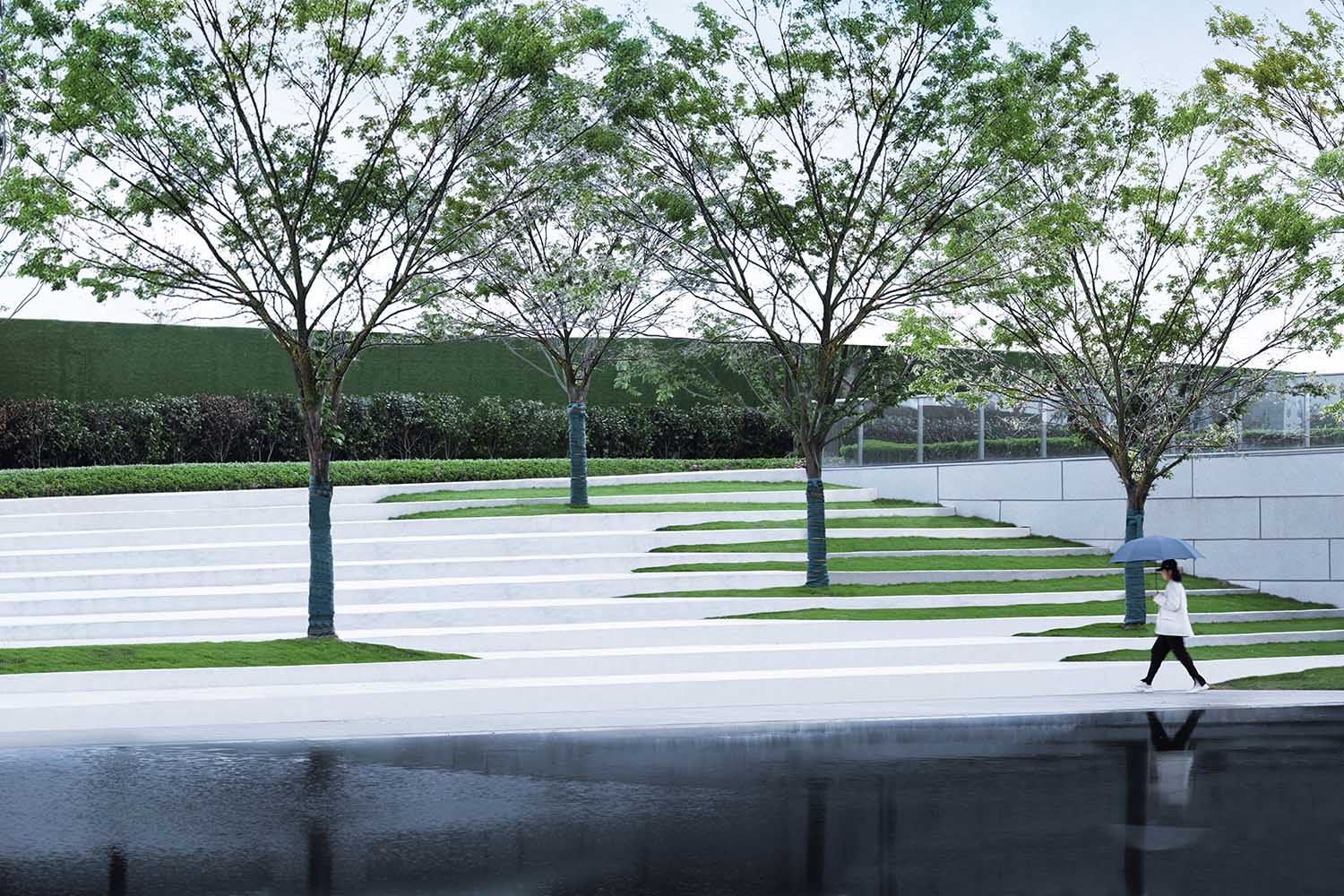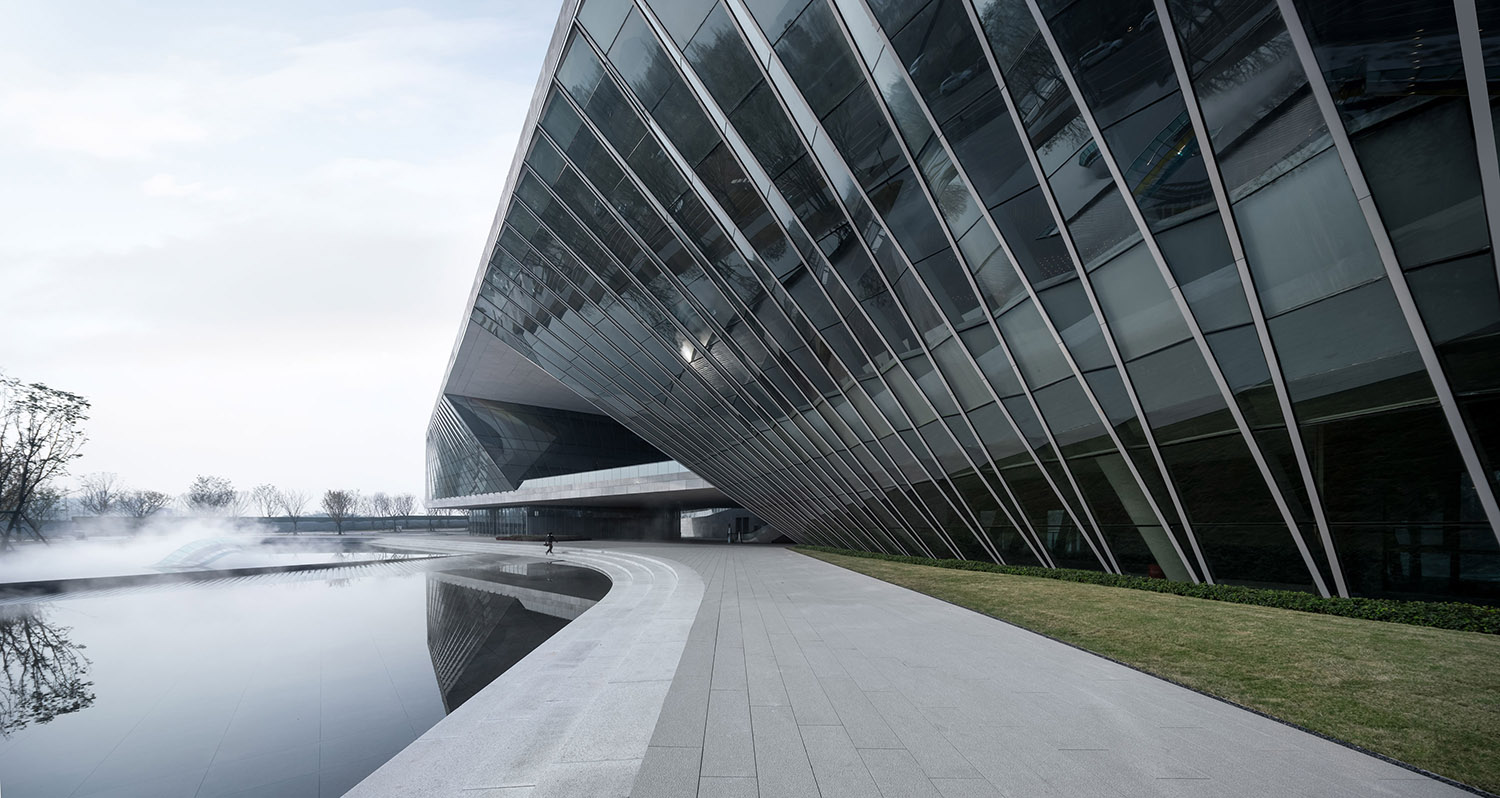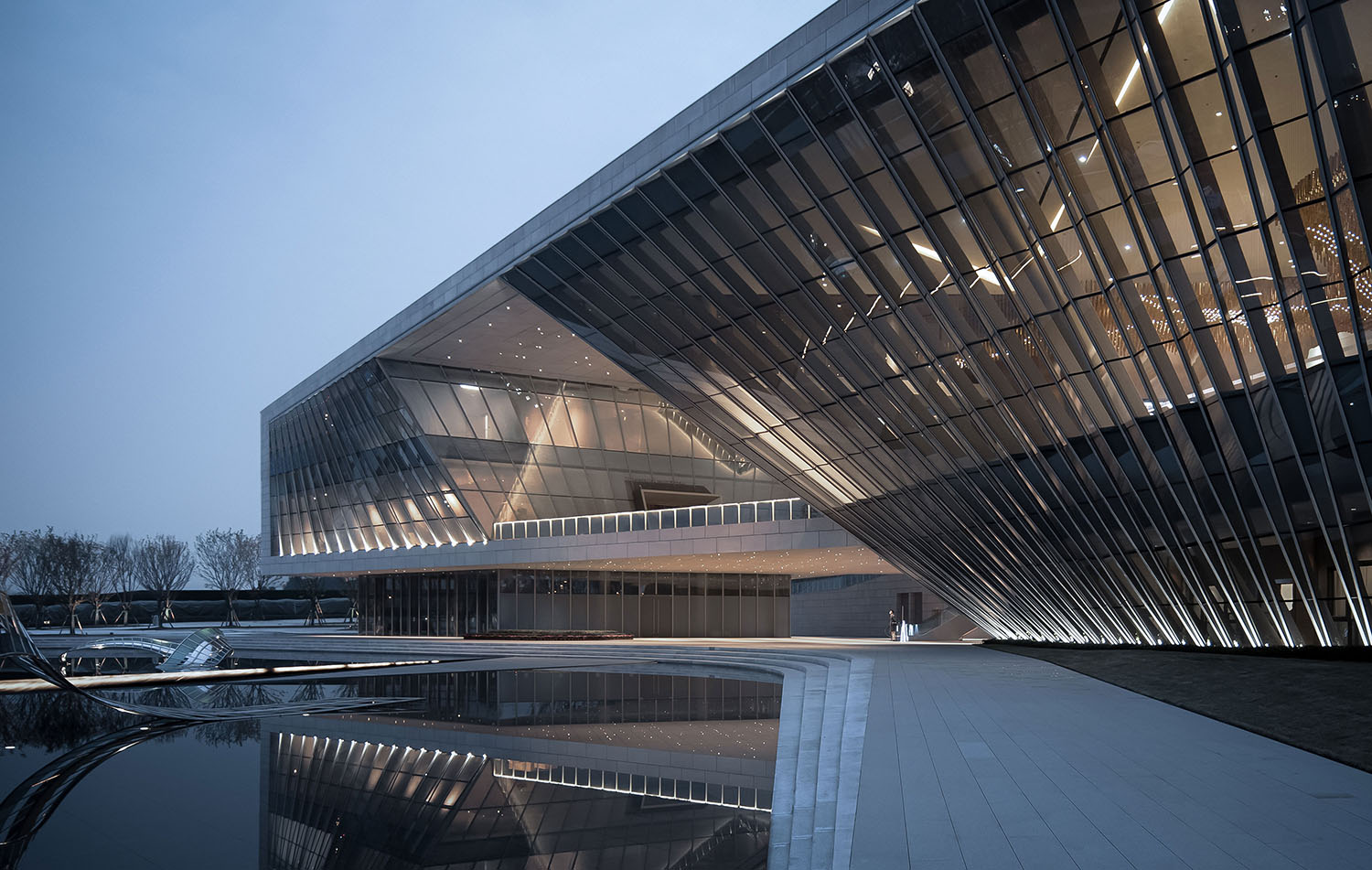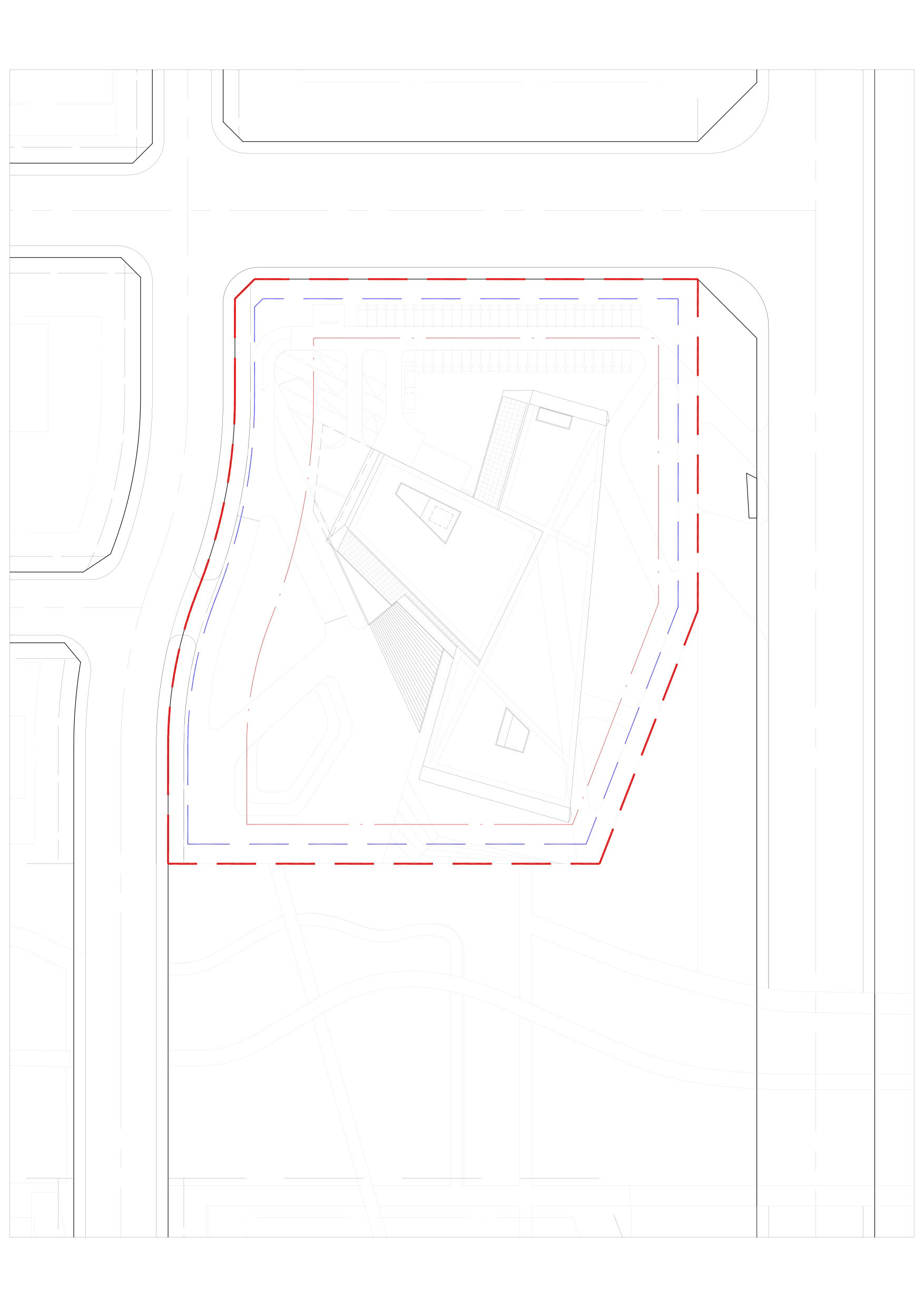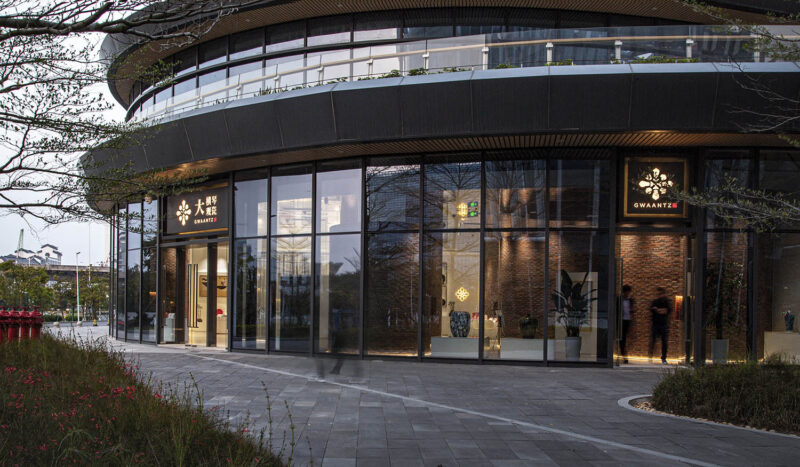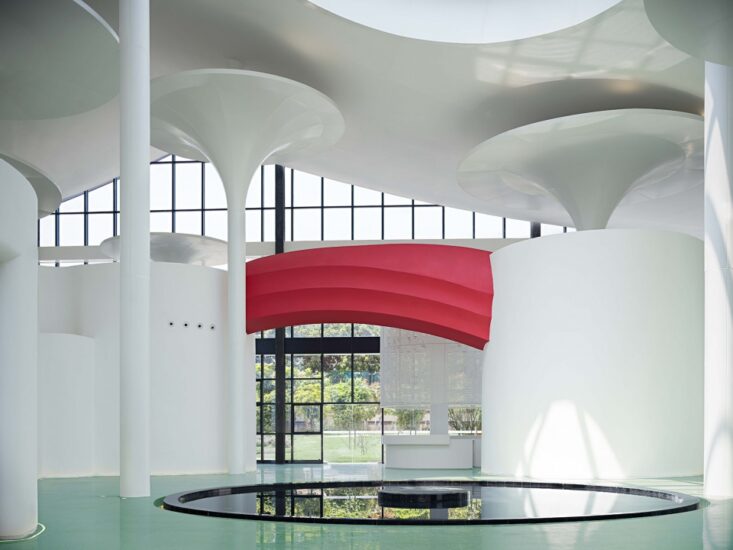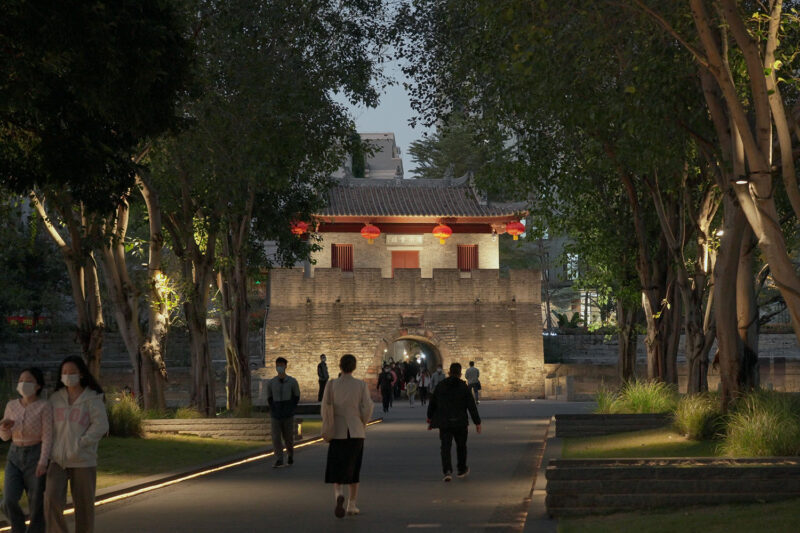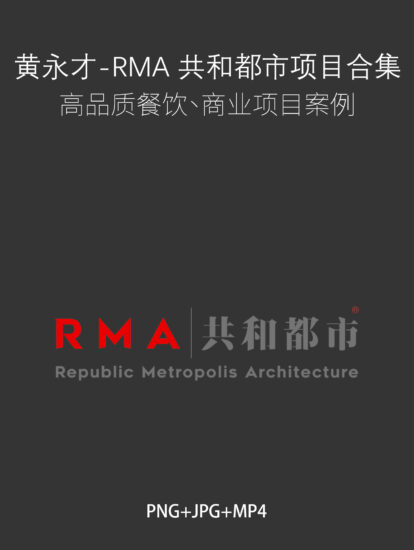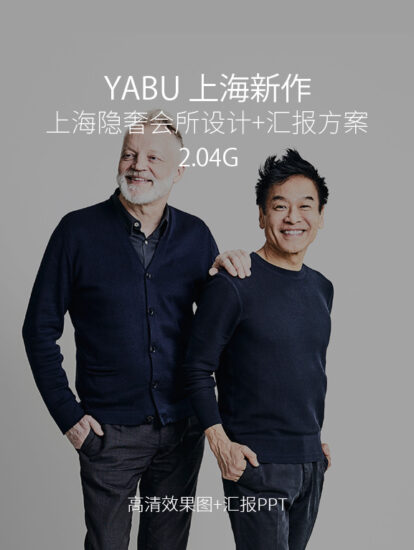全球設計風向感謝來自 AAI-Monster Lab 的公共空間項目案例分享:
定義:天府“舞台”
Definition: Tianfu “Stage”
AAI國際建築事務所新銳創意工作室Monster Lab在全國競賽中贏得了成都招商天府新區城市規劃展覽館項目。作為整個片區最先落成的展覽館暨先行示範項目,展覽館將見證著城市新區何以從一片荒蕪走向高樓林立、經濟蓬勃、文化多元的未來。
Monster Lab, the new creative studio of AAI International Architecture, won a national design competition for the Chengdu Merchants Urban Planning Exhibition Hall in the New District of Tianfu. As the first exhibition hall and demonstrative project to be built in Tianfu, the project will bear witness to the new area’s progression from empty fields to an economically prosperous urban district, characterized by new skyscrapers and a culturally diverse populace.
“提煉最傳統、表達最未來”,我們希望這座以“展示”為使命的建築能兼容成都的文化過往,對話城市發展的“可能未來”。
Through “refining traditional achievements and expressing future excellence”, we hope that this building, with its mission of showcasing the district’s timeline, will be compatible with Chengdu’s cultural past and speak to the future possibilities of urban development here.
“舞台”的概念由此而來。今日的中國,新城林立如雨後春筍,每一座城市都標榜著最前沿的城市理念。但是這座新城的根在哪裏?我們決定從老城中尋找答案。
The concept of “stage” came from the fact that in today’s China, new cities are springing up everywhere, with each one advertised as being at the forefront of urban planning concepts. But where is the root of these new cities? We decided to find the answer in the ancient city.
建築的框架脫胎於老成都常見的公共建築——戲台。巷道中央,飛簷之下,舞台空間和架空空間上下相疊,它與城市、與人形成雙重互動:表演性與參與性(“舞台空間”是演出的容器,而“架空空間”則保證了道路的通達性)。
The framework of the building was born out of the theatre, a common public building type in old Chengdu. Typically in these theatres, in the middle of the laneway, under its eaves, the stage space and the overhead space overlap with each other. This forms a dual interaction with the city and spectators: performance and participation (the “stage space” acts as the container of the performance, while the “overhead space” ensures the road below is easily accessible).
我們對該元素抽象演繹,用現代的視覺語言來還原這一空間結構。應業主需求,建築被均等地劃分為三個體量,分別展示未來規劃、未來商業和未來生活。在三重體量的交彙點,我們以一座共享的灰空間扣題“天府舞台”,它依照“舞台空間”、“架空空間”的結構邏輯,將人引至舞台,眺望新城的瑰麗。
We have abstractly interpreted these elements and incorporated a contemporary visual language to renew this spatial structure. In response to the needs of the client, the building has been equally divided into three volumes to exhibit future planning, future business, and future life, respectively. At the intersection of the three volumes, we have designed a shared space called the “Tianfu Stage”. It draws people in and through to overlook a magnificent view of the new city, in accordance with the structural logic of the “stage space” and “overhead space”.
同時,置身舞台之中,觀看風景的人亦成為“舞者”,被建築之外的風景所觀看。一座市民展望廳疊加於“舞台”之上,在建築的製高處“展望”方能更高、更遠。
At the same time, people watching the scenery from the “stage” also become “dancers”, being potentially seen from the landscape outside the building. A public observatory has been placed overtop the “stage”, allowing visitors to see higher and farther from the commanding heights of the building.
場所回應:景框
Site Response: Frame
“城市是一個‘生態係統’,建築是其中棲息的動物或植物。”在Monster-LAB的設計哲學中,建築應當具備生命力,像一棵樹一般紮根,吸收場所予以的“陽光、空氣和養分”,生長出獨一無二的麵貌。“天府舞台”的設計正是如此。
“A city is an ‘ecosystem’ in which the buildings are the animals or plants inhabiting it.” In Monster Lab’s design philosophy, architecture should have vitality, take root like a tree, and absorb the “sunlight, air, and nutrients” of the place, in order to give growth to a unique appearance. This is exactly the approach taken for the design of the Tianfu Stage.
項目所在地東迎CBD的人字形景觀綠廊,西望塔樓群城市景觀,視野極佳。置身風景,我們首先依循視線,對各功能體量進行旋轉、折疊,定位出人與景的相對關係。建築之於觀看行為的意義,正如畫框之於畫——約束一個邊界,引人聚焦最精華的內容。新城的風景是流動的,為它“裱框”,我們希望預演其未來的形態,並與之產生呼應和互動,共同生長。
我們完全依循規劃中的城市天際線的形態來約束三組建築體量的傾角,在“舞台”的景框中,見證天際線隨城市的發展而逐步“完形”。這是一座無法騰挪位置的建築,所有的邏輯皆順應風景的在場、人的在場。
As the project is located east of the CBD (Central Business District) within a green landscape corridor, the site provides an excellent view of the complex cityscape of towers to its west. Taking the pre-existing landscape into account, our design process first assesses existing sightlines, and then rotates and folds each functional volume, in order to arrive at the ideal relationship between people in and around the building, and the scenery surrounding it. Architecture is about defining viewing opportunities and behavior, just as painting is about frames – constraining a boundary and drawing attention to the most essential content. The scenery of the new city is fluid. In “framing” it, we hope to preview its future form, echo and interact with it, and grow together.
We closely follow the planned form of the urban skyline to constrain the height and overall dimensions of the three building volumes. Within the frame of the “stage”, we may witness both the city and the skyline gradually developing into a comprehensive whole, in which the “stage” will be an active part. This is a building derived from and rooted in its place: its design logic is adapted to align with the presence of the surrounding scenery, and the presence of people.
建築在立麵處理上同樣以視野為優先:東西兩個景觀麵向較好的地方以大麵積玻璃幕牆包裹,而在南北兩向則覆以實牆。虛實相生,以“虛”觀景,以“實”摒棄冗餘的幹擾,讓視線再度聚焦。
The building also prioritizes visitors’ field of vision in regards to its facade treatment: the areas with better east and west views are clad with large glass curtain walls, while the north and south walls are solid. While the virtual and real coexist, the design suggests a temporary abandonment of redundant interference, allowing the “real” to take priority and letting one’s attention/ line of sight to be focused again.
成都是一座休閑、享樂頗為盛行的城市,其獨特的氣候條件讓室外空間具備市井生活的潛力。在“天府舞台”,我們依托南向實牆體與場地預留的景觀空間,設計一座戶外影院,為人們提供多維度、多場景的參與可能,為建築、為成都未來注入麵向未來的新血脈。
Chengdu is a city where recreation and enjoying the pleasures of life are commonplace, and its unique climate makes its outdoor spaces particularly well suited for leisurely activities. In the “Tianfu Stage”, we designed an outdoor cinema based on the south-facing solid wall and the landscape space adjacent to it – providing visitors and viewers with multiple participation possibilities, injecting new energy and potential into the architecture and the future development of Chengdu.
願景:拉開“帷幕”
Vision: Pull back the “Curtain”
凡有舞台,必有帷幕。它代表一種“開始”的臨界狀態:帷幕未升,燈光晦暗,沉寂無聲;帷幕拉起,舞台之中上演的一切將人牽引至一種似真似幻的沉浸體驗。“天府舞台”立足一座城市革故鼎新的原點,自然也有它的“帷幕”。
Where there is a stage, there will also be a curtain. It represents a pivotal state of “beginning”: the curtain has not yet risen, the lights are dim, and there is no sound; when the curtain goes up, everything that unfolds onstage draws people into a vivid experience, seemingly real and completely immersive. “Tianfu Stage” is based on a new origin of the city, so naturally it follows it also has a “curtain”.
“舞台”的兩側,層層褶皺的玻璃立麵便是它的“帷幕”。其折疊形態呼應著成都特色川劇變臉的折扇,獨特的拚接角度讓反射到窗麵的景色被打碎,形成萬花筒般的戲劇效果,讓空間亦能“變臉”,予人以驚喜。
On either side of the “stage”, folded glass façades act as its “curtain”. Their folding forms echo the face-changing folding fan of Chengdu’s characteristic Sichuan Opera. The unique shifting angles of the façades breaks up the scenery reflected on the glass, producing a dramatic kaleidoscope-like effect, allowing the space to “change face” and create surprising patterns for visitors walking past.
除此之外,向內傾斜的懸挑玻璃立麵形成生態自遮陽係統,室內無需窗簾,一年四季皆可自由地擁抱眼前的景致,我們以設計回應著公園城市的生態概念。
In addition, the inwardly inclined cantilevered glass façade forms an ecological self-shading system. There is no need for curtains on the interior, giving people within a free, unencumbered view of the scenery around the building all year round – furthering our intent to have the design take its place within the ecological concept of the park city.
如今,“天府舞台”已被交還城市、公眾與時間,它將作為片區重要的公共空間,扮演一座真正的“舞台”——靜待被室內設計填滿,被人的行為煥活,被社會生活與集體記憶重塑,被景觀與城市的“生長”賦予不同的麵貌……空間的設計完成於此,設計的價值與時間共長。
Today, the “Tianfu Stage” has been returned to the city, the public, and time. It will serve as an important public space in the area, acting as a real “stage”- waiting to be filled with interior design, and rejuvenated by human activity and society. Urban life and collective memory are reshaped by the project, given different faces by the growth of the city and landscape… The design completes the space here, with all of its aspects realized to ensure long lasting value to the city and its populace.
∇ 東西立麵圖
∇ 南北立麵圖
∇ 剖麵圖
∇ 總平麵圖
∇ 分析圖
項目信息
項目名稱:成都招商天府新區城市規劃展覽館
項目地點:四川省成都市天府新區天府公園雅州路邊
項目狀態:已建成
設計公司:AAI-Monster Lab
深化設計:CSWADI中建西南院
項目總監:孫青、金文倩
主創建築師:趙振富、王涵、餘嵩
設計團隊:餘嵩、方潔、崔兆旻,吳先發,王海英、魏婉,陳勇強,吳星遠,薛梅卿
項目類型:建築設計
設計周期:2019.10 – 2020.4
建造周期:2020.0 – 2020.12
場地麵積:17,929㎡
建築麵積:9017.5㎡
室內麵積:9017.5㎡
業主及投資方:招商蛇口成都公司
玻璃幕牆:信義玻璃
電梯:通力電梯
鋼構:一宇鋼構
造價:約1億人民幣
撰稿人:白雅舒
攝影:xf photography、釋象萬合、欒祺
Name of the Project: Chengdu Merchants Urban Planning Exhibition Hall in the New District of Tianfu
Project Location:Yazhou Road, Tianfu Park, Tianfu New District, Chengdu City, Sichuan Province
Project Status: Built
Architecture Design: AAI – Monster LAB
Development & ConstructionDesign:CSWADI
Principle Architects: Zhenfu Zhao, Han Wang
Project Director: Daniel Sun, Carol Jin, SongYu
Design Team : Song Yu、Jie Fang、Zhaomin Cui、Xianfa Wu、Haiying Wang、Wan Wei、Yongqiang Chen、Xingyuan Wu、Meiqing Xue
Project Type: Architecture Design
Design Period: 2019.10 – 2020.4
Construction Period: 2020.0 – 2020.12
Site Area: 17,929sqm
Gross floor area (m2):9017.5㎡
Interior space area (m2):9017.5㎡
Client & Investor: (CMSK)
Glass facade: Xinyi Glass
Lift: KONE Elevator
Steal structure: YIYU STEEL STRUCTURE
Total Budget: 100 Million RMB
Article Author: Susanna Bai
Photography: xf photography,INTERPRETATION & SUBLIMATION,LUAN












